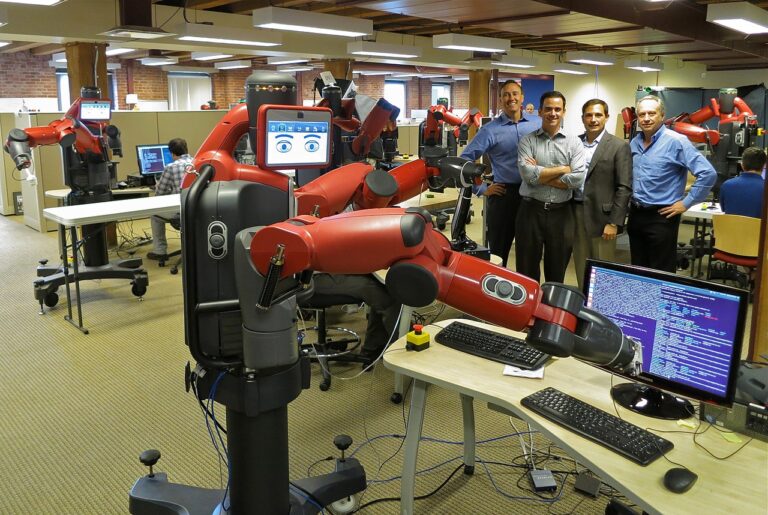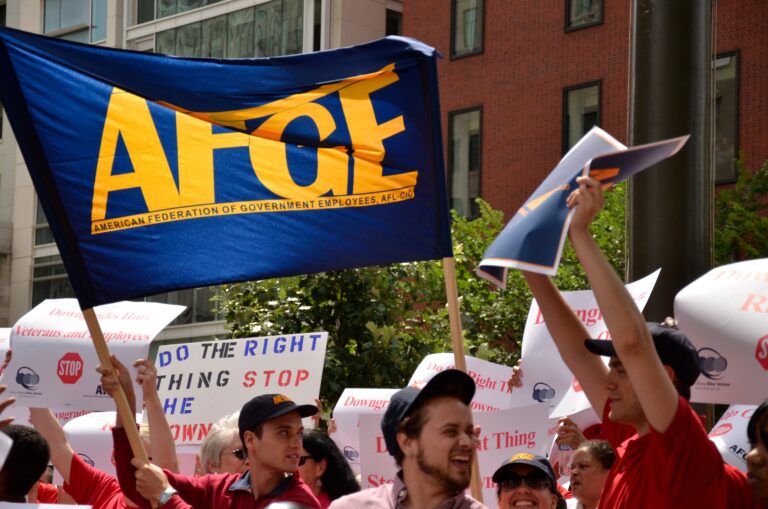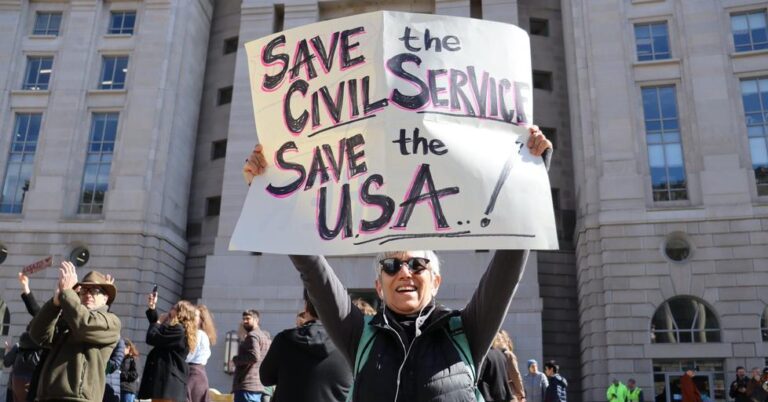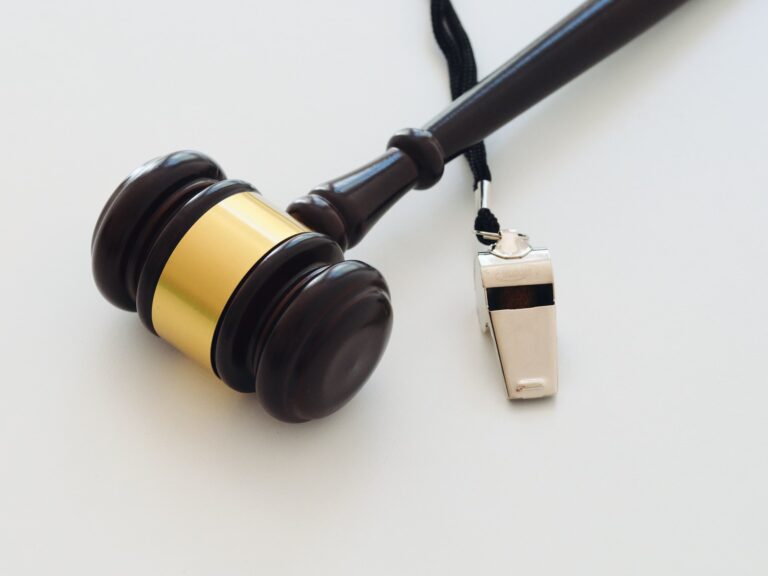Leora Smith is a student at Harvard Law School.
Buzzfeed reported yesterday that Andy Puzder, President-Elect Trump’s nominee for Labor Secretary, has been blocking workers’ rights advocates on Twitter. In recent weeks Puzder has blocked the Twitter accounts of the National Employment Law Project, the Fight for $15, SEIU president Mary Kay Henry, the Leadership Conference on Civil and Human Rights, and others. Those blocked are prevented from responding directly to anything that Pudzer tweets.
In the New York Times Peter Goodman has a scathing critique of the Davos approach to addressing inequality and the negative impacts of globalization on working people. Goodman writes, “They [attendees at the World Economic Forum] are eager to talk about how to set things right, soothing the populist fury by making globalization a more lucrative proposition for the masses…What is striking is what generally is not discussed: bolstering the power of workers to bargain for better wages and redistributing wealth from the top to the bottom.”
In a new book The Unbanking of America, author Lisa Servon argues that the best way to reduce use of alternative financial services such as payday lenders and check-cashing, which charge high fees and interest rates and are regularly used by people with low incomes, is not to make them illegal but to increase wages so that working people do not need them.
And The Equality of Opportunity Project just released a comprehensive study on education and its impact on social mobility. The study, which used anonymized data on 30 million college graduates, found that state universities are doing the best job at helping students from low-income households move into the middle class. According to a recent New York Times article, Ivy league schools fare worse. While students from low income backgrounds do experience upward mobility from attending top-tier, private schools, these schools take on relatively few students from low-income communities. At some private universities, there are more students from families whose incomes put them in the top 1% of Americans, than students from the bottom 60%. Though state colleges provide great economic opportunities for students from poorer families, the share of low-income students even at public universities is decreasing as states cut back on funding.






Daily News & Commentary
Start your day with our roundup of the latest labor developments. See all
December 5
Netflix set to acquire Warner Bros., Gen Z men are the most pro-union generation in history, and lawmakers introduce the “No Robot Bosses Act.”
December 4
Unionized journalists win arbitration concerning AI, Starbucks challenges two NLRB rulings in the Fifth Circuit, and Philadelphia transit workers resume contract negotiations.
December 3
The Trump administration seeks to appeal a federal judge’s order that protects the CBAs of employees within the federal workforce; the U.S. Department of Labor launches an initiative to investigate violations of the H-1B visa program; and a union files a petition to form a bargaining unit for employees at the Met.
December 2
Fourth Circuit rejects broad reading of NLRA’s managerial exception; OPM cancels reduced tuition program for federal employees; Starbucks will pay $39 million for violating New York City’s Fair Workweek law; Mamdani and Sanders join striking baristas outside a Brooklyn Starbucks.
December 1
California farmworkers defend state labor law, cities consider requiring companies to hire delivery drivers, Supreme Court takes FAA last-mile drivers case.
November 30
In today’s news and commentary, the MSPB issues its first precedential ruling since regaining a quorum; Amazon workers lead strikes and demonstrations in multiple countries; and Starbucks workers expand their indefinite strike to additional locations. Last week, the Merit Systems Protection Board (MSPB) released its first precedential decision in eight months. The MSPB had been […]